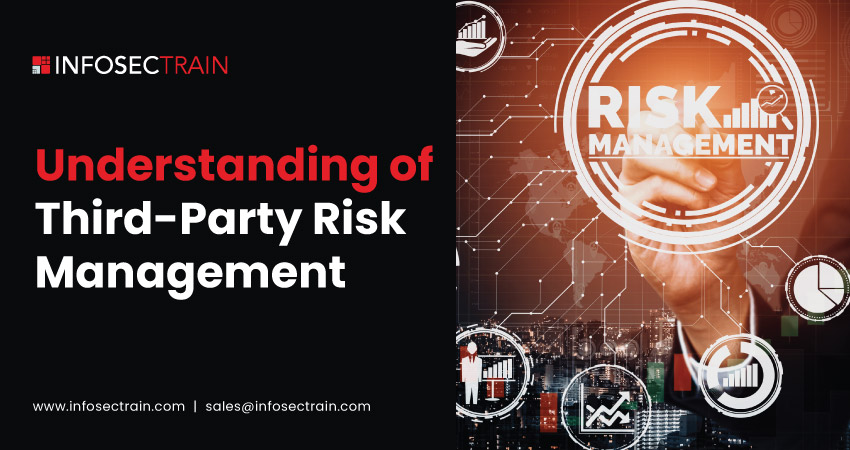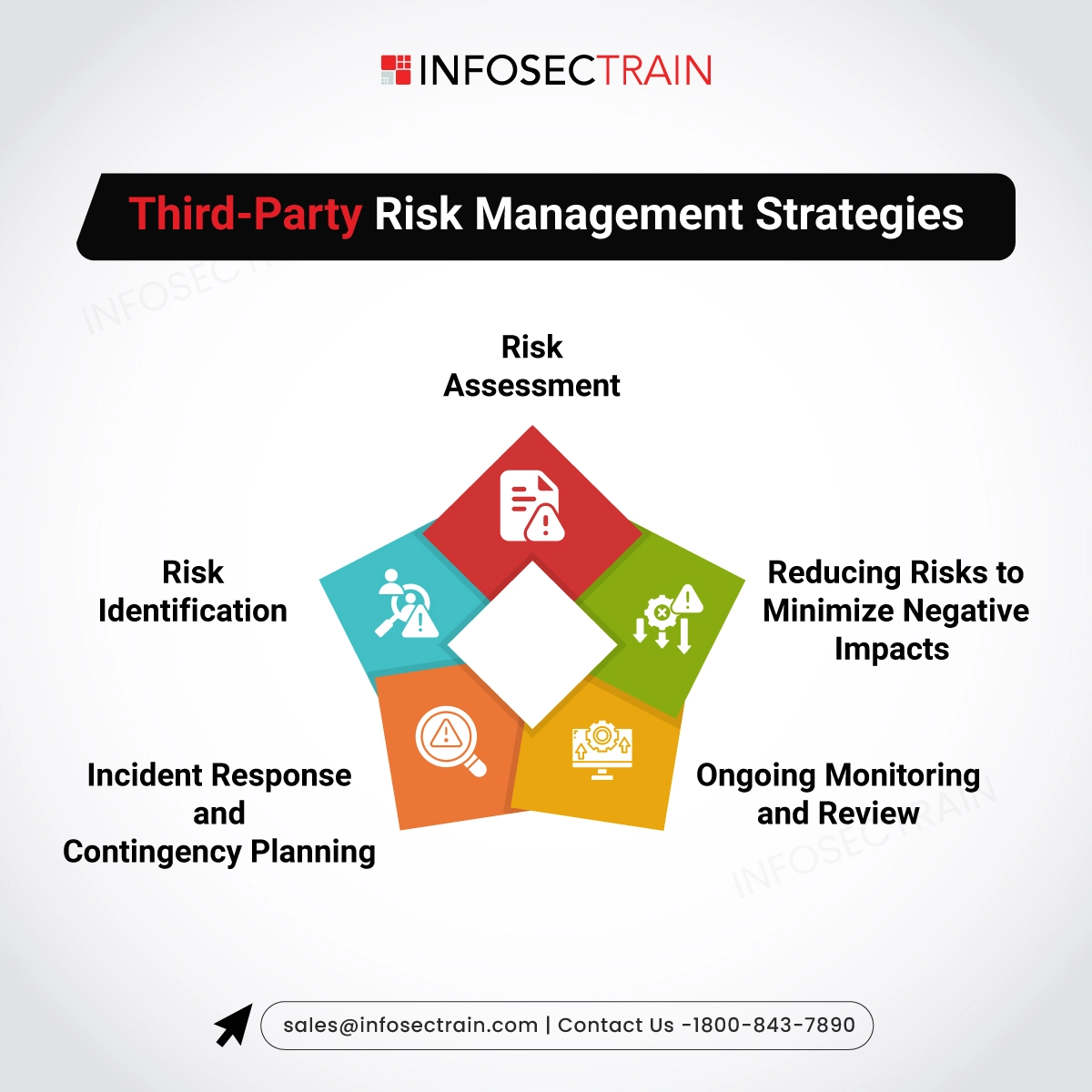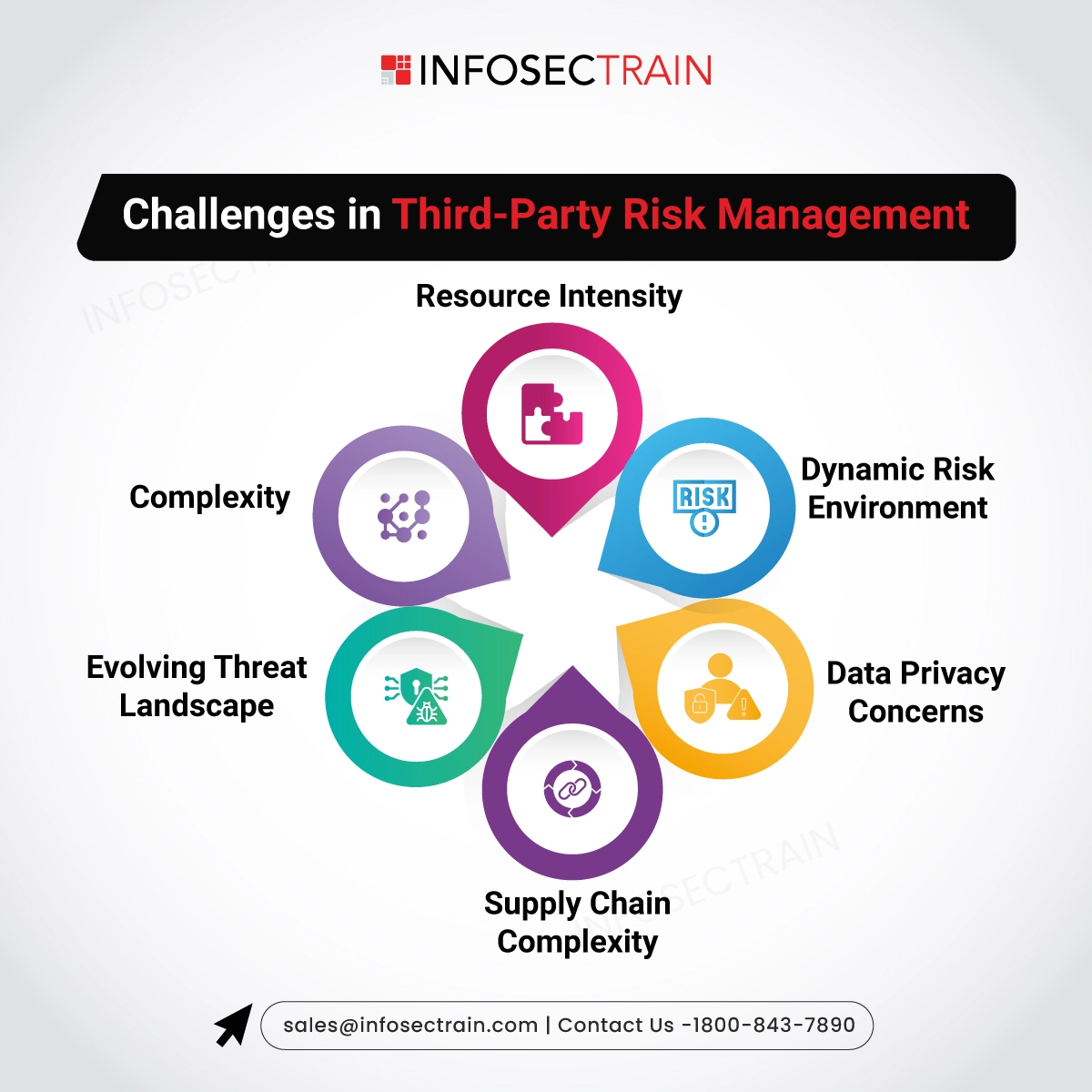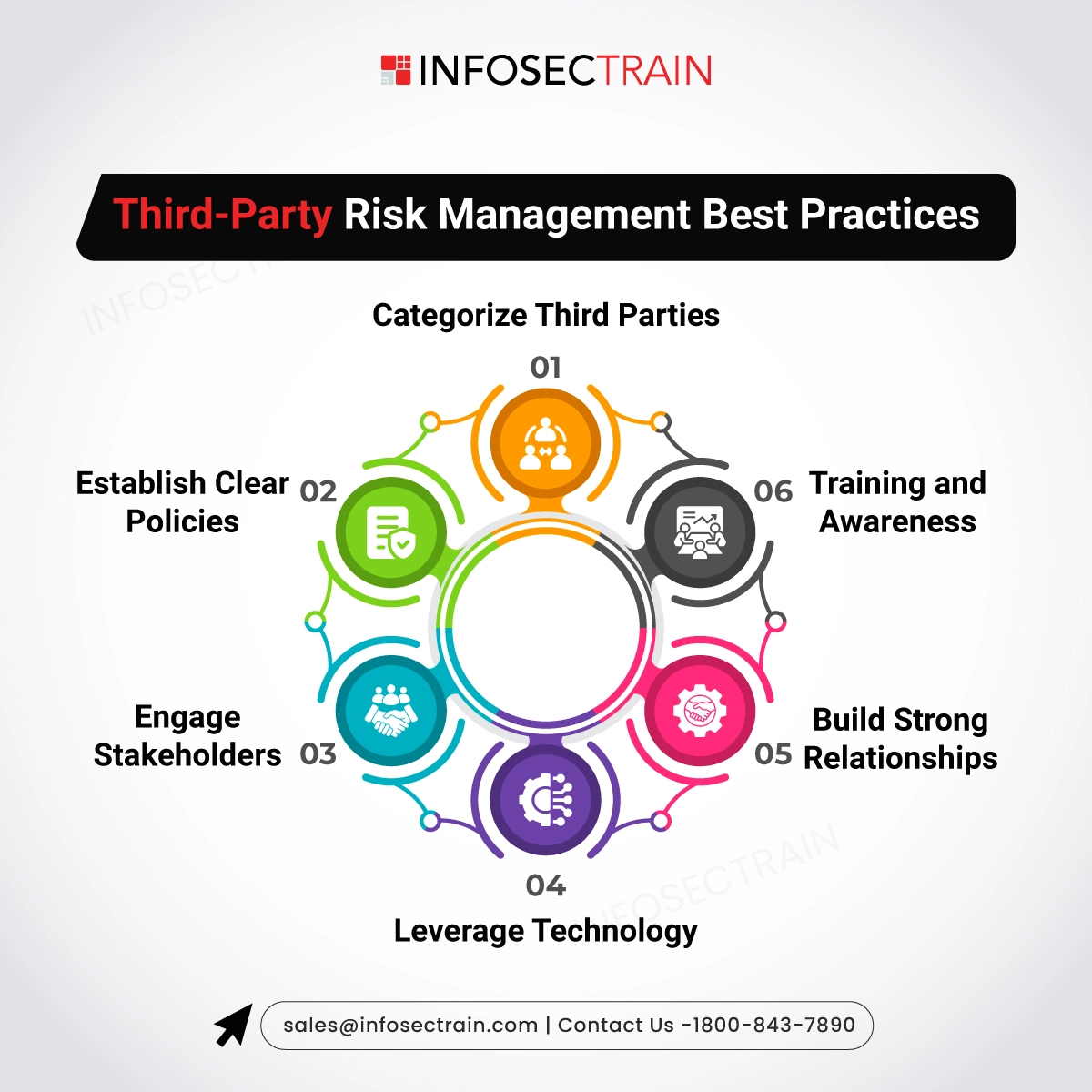Understanding of Third-Party Risk Management
Imagine your organization has just partnered with a new vendor with the perfect solution at a competitive price that fits your budget. Everything appears to be on track for a successful collaboration. However, a few months later, you find out that the third-party vendor had suffered from a major data breach. Now, instead of smooth sailing, your company is facing regulatory scrutiny, shaken customer confidence, and financial fallout. This is a position that nobody wants to be in, and it makes you wonder what could have been done differently so this would never happen.

So in an environment where a single vendor vulnerability could ruin your reputation and cost you millions, a lack of understanding or deployment indeed threatens the future of your business – which is why third-party risk management needs to be on top.
What is Third-Party Risk Management?
Third-party risk management is the process of detecting, assessing, and mitigating the risks arising from an organization’s relationships with third parties. These third parties may be vendors, suppliers, service providers, or even contractors, basically any external entity that offers goods or services to an organization or interacts with an organization’s information (data), systems, or operations, making them potential sources of risk.
As organizations rely more and more on third parties for various services, like cloud computing, IT support, and supply chain management, it has become ever-more critical that they manage the risks brought by these external partnerships.
Why is Third-Party Risk Management Important?
- Data Security: Third-party vendors often have access to sensitive information. Effective risk management helps to secure this data and prevent it from falling into the wrong hands, reducing the likelihood of data breaches.
- Legal and Regulatory Compliance: Organizations need to regulate compliance with industry regulations concerning third-party risk management and monitoring. Failure to do so can cause significant fines, legal penalties, and damage to reputation.
- Operational Continuity: With effective third-party risk management, companies can reduce the likelihood of operational disruptions triggered by vendor failures and thereby ensure business continuity.
- Reputation Management: A third-party breach/failure can damage the organization’s reputation. Managing third-party risks proactively helps us earn and maintain customers, partners, and stakeholder trust.
Examples of Third-Party Risks
- Data Breach
Use Case: A company contracts with a third-party IT services provider to handle its data, expecting it to lead to more efficient processes and cost savings. Unfortunately, the provider’s inadequate security measures resulted in a hacker successfully accessing the company’s valuable assets, including customer details, financial records, and proprietary business information.
Impact: The company faces reputational damage, legal fees, fines, and loss of customer trust due to the exposure of sensitive information.
- Regulatory Non-Compliance
Use Case: A healthcare organization may outsource their billing to a third-party company that processes patient health information and submits insurance claims per HIPAA guidelines. However, the billing company fails to safeguard patients’ health records and doesn’t follow regulatory procedures.
Impact: The healthcare organization is penalized for HIPAA violations, facing fines, legal actions, and reputational damage.
- Operational Disruption:
Use Case: A manufacturing company relies on a single supplier to provide a crucial component for its production line. The supplier, however, encounters financial difficulties due to poor management, market downturns, or other unforeseen issues.
- Impact: The company experiences production delays, missed deadlines, unfulfilled orders, financial losses, and damaged customer relationships.
Third-Party Risk Management Strategies

1. Risk Identification
- Recognize the external entities your company collaborates with and the possible threats linked to each one.
- Potential risks include data breaches, financial instability, non-compliance, and operational failures.
2. Risk Assessment
- Assess the consequences and likelihood of the risks that have been recognized.
- Perform due diligence, such as examining financial well-being, conducting cybersecurity audits, and assessing compliance of third-party entities.
- Classify third parties according to their risk levels (high, medium, low).
3. Reducing Risks to Minimize Negative Impacts
- Develop strategies to deal with and reduce the identified risks. This could involve setting up Service Level Agreements (SLAs) or mandating that third parties implement certain security measures.
- Regularly oversee the performance and adherence of third parties to maintain effective risk management.
4. Ongoing Monitoring and Review
- Continuously monitoring third-party risk is essential for effective management. Regularly evaluate and revise risk assessments to account for newly emerging risks or changes in business relationships.
- Utilize automated monitoring systems to oversee third-party actions. These systems notify you of possible dangers immediately.
5. Incident Response and Contingency Planning
- Develop and implement an incident response plan to address third-party failures or breaches.
- Develop backup plans to guarantee uninterrupted business operations in case of a third-party relationship breakdown or failure.
Challenges in Third-Party Risk Management

- Complexity: Managing risks across diverse third parties can be complex, especially for large organizations with global operations.
- Resource Intensity: Managing third-party risks demands considerable investments of time, money, and expertise.
- Dynamic Risk Environment: The risk landscape is constantly evolving, with new threats emerging, making it challenging to keep third-party risk management strategies up to date.
- Data Privacy Concerns: Third parties often require access to sensitive data to perform their services. Ensuring that these third parties securely manage data and comply with privacy regulations is a significant challenge.
- Supply Chain Complexity: Managing risks across a complex, multi-layered supply chain is challenging.
- Evolving Threat Landscape: The risk landscape constantly evolves, necessitating adaptable and responsive third-party risk management strategies.
Third-Party Risk Management Best Practices

- Categorize Third Parties: Not all third parties pose the same level of risk. It is essential to categorize them based on their access to sensitive data, their role in critical operations, and other risk factors.
- Establish Clear Policies: Define and document your third-party risk management policies, making sure they align with your organization’s overall risk management strategy.
- Engage Stakeholders: Ensure that all relevant stakeholders, such as procurement, legal, and IT departments, are involved in the third-party risk management process.
- Leverage Technology: Implement automated tools for vendor risk assessment, continuous monitoring, and compliance management to enhance the efficiency of third-party risk management.
- Build Strong Relationships: Cultivate robust relationships with your third-party vendors based on transparency and collaboration, ensuring they understand the importance of cybersecurity in their dealings with your organization.
- Training and Awareness: Employees and relevant stakeholders should be educated about the risks associated with third parties and the importance of adhering to third-party risk management policies.
Related Articles:
- Top CRISC Interview Questions 2024
- Organizational Governance in CRISC
- CRISC Domain 1: Governance
- Career Scope of CRISC
- CISM Vs. CRISC
CRISC Certification Training with InfosecTrain
Learn more about third-party risk management through InfosecTrain‘s CRISC Certification Training. This course is led by our seasoned instructors, who bring years of expertise. They will guide you through comprehensive, real-world scenarios and provide you with the knowledge and skills needed to manage and mitigate third-party risks effectively. Whether you aim to enhance your risk management strategies or prepare for the CRISC exam, this training offers invaluable insights and practical tools to help you succeed in today’s complex risk landscape.
TRAINING CALENDAR of Upcoming Batches For CRISC
| Start Date | End Date | Start - End Time | Batch Type | Training Mode | Batch Status | |
|---|---|---|---|---|---|---|
| 05-Apr-2025 | 27-Apr-2025 | 19:00 - 23:00 IST | Weekend | Online | [ Open ] |







 1800-843-7890 (India)
1800-843-7890 (India)